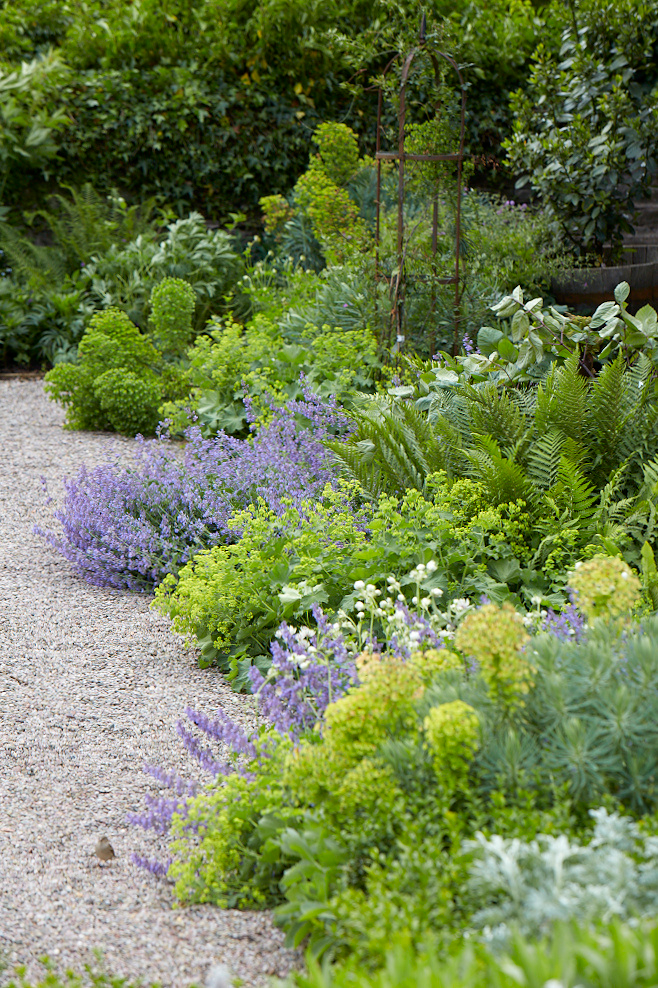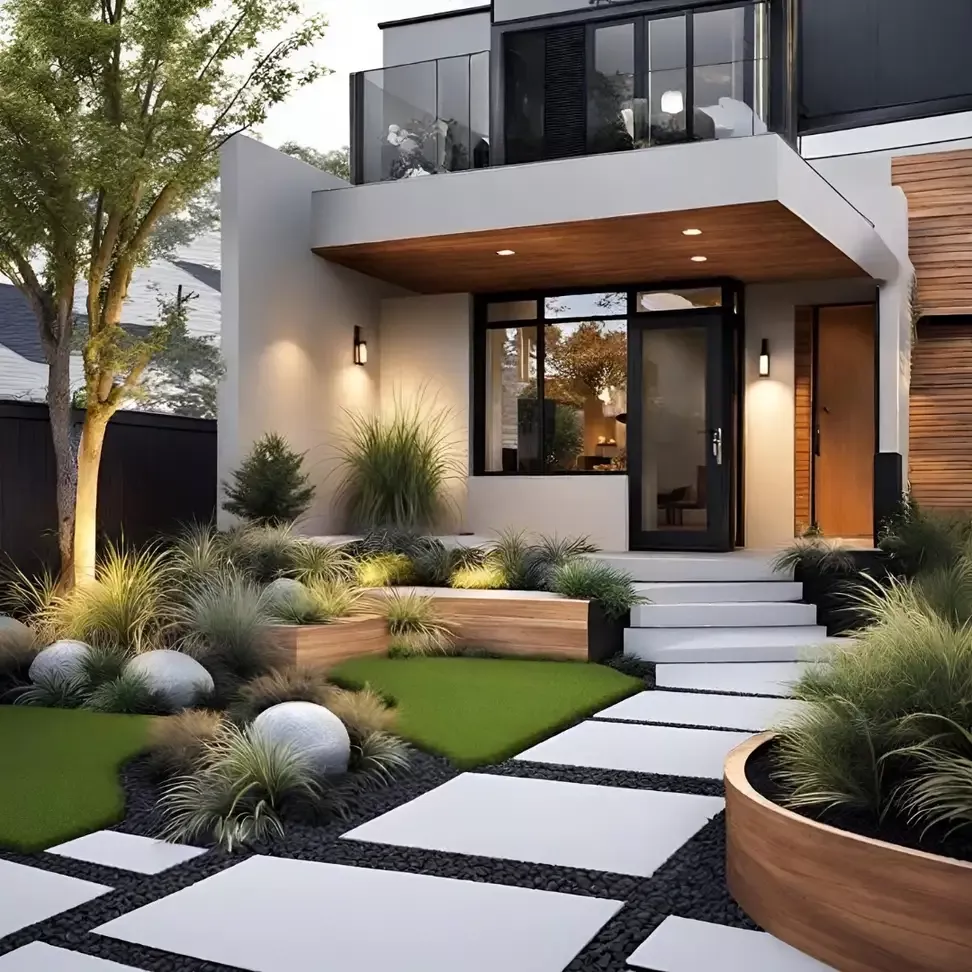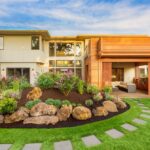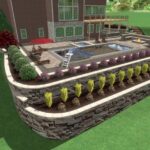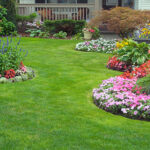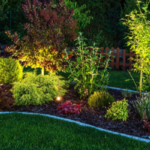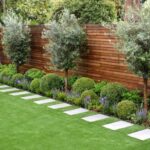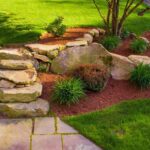Landscaping designs play a crucial role in enhancing the beauty and functionality of outdoor spaces. A well-thought-out landscaping design can transform a dull and uninviting yard into a vibrant and visually appealing oasis. From incorporating different elements like plants, hardscape features, and water elements, there are countless possibilities when it comes to creating a unique and personalized outdoor space.
One popular landscaping design style is the use of native plants. Native plants are well-suited to the local climate and soil conditions, making them low-maintenance and environmentally friendly choices. By using native plants in your landscaping design, you can create a natural and cohesive look that seamlessly blends into the surrounding environment. Additionally, native plants attract pollinators and wildlife, adding more life and diversity to your outdoor space.
Another important aspect of landscaping design is the use of hardscape features such as pathways, patios, and retaining walls. Hardscape features not only add structure and visual interest to a landscape but also provide functional benefits such as creating outdoor living spaces and improving accessibility. When designing hardscape features, it’s important to consider factors like materials, colors, and textures to ensure cohesiveness with the overall design scheme.
Water elements like ponds, waterfalls, and fountains can also be incorporated into landscaping designs to add a sense of tranquility and serenity. Water features not only create a calming atmosphere but also attract birds and wildlife, further enhancing the beauty and biodiversity of the outdoor space. When designing water features, it’s essential to consider factors like placement, size, and maintenance requirements to ensure optimal functionality and visual appeal.
Incorporating sustainable practices into landscaping designs is becoming increasingly important as people seek to minimize their environmental impact. Sustainable landscaping practices include using drought-tolerant plants, installing rain gardens, and implementing water-saving irrigation systems. By incorporating sustainable practices into landscaping designs, you can create a beautiful and eco-friendly outdoor space that conserves resources and supports local biodiversity.
In conclusion, landscaping designs offer endless opportunities to create unique and personalized outdoor spaces that enhance the beauty and functionality of a property. Whether you prefer a natural and organic look with native plants or a modern and sleek design with hardscape features, there are countless options to explore when it comes to landscaping design. By carefully planning and implementing a landscaping design that suits your preferences and lifestyle, you can enjoy a beautiful and inviting outdoor space that reflects your style and personality.

